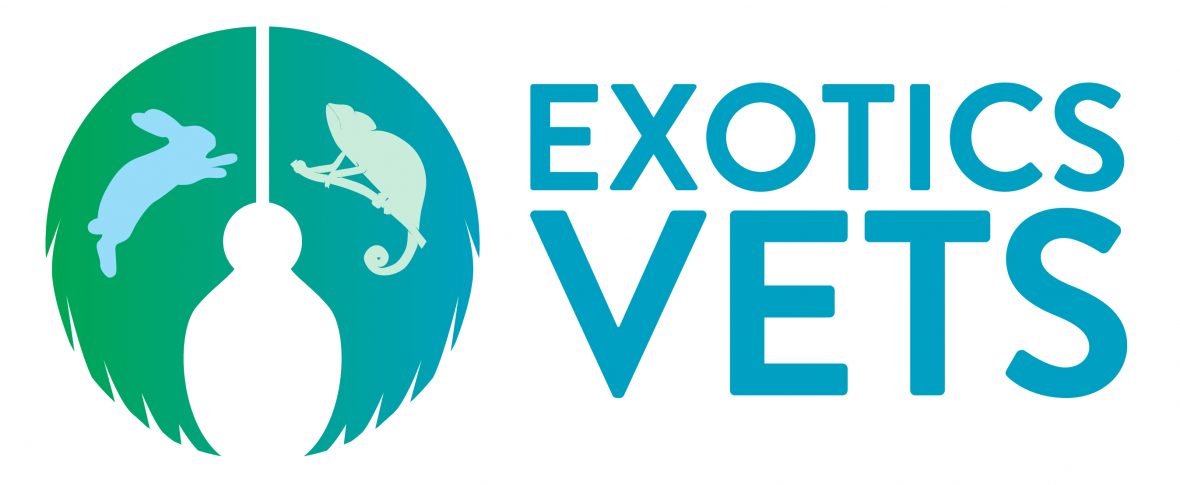The purpose of this article is to help you decide what is the best diet for my rabbit or guinea pig? Or what diet is best for my rabbit and guinea pig patients!
To understand this you need to first understand how rabbits and guinea pigs work:
Rabbits are herbivores and hindgut fermenters, just think of them as little horses!!!
Rabbits and guinea pigs need to be frequently eating indigestible fibre to continue gut mobility, preventing gastrointestinal stasis, maintain their appetite, and are physiologically adept at deriving nutrients from these digestible fibre in these high fibrous foods, like hay and greens.
Bacteria are present in the caecum which thrive on these digestible fibres, which are mostly delivered back to the rabbit in caecotrophs. Rabbits reingest these caecotrophs – getting a second pass and benefiting from the bacterial metabolism.
So knowing how rabbits function, what options do we have for rabbits to eat?
-
Hay
-
Grass (early hay!)
-
Vegetables
-
Fruit
-
Pellets
-
Grains
-
Other miscellaneous treats
So what is the BEST diet?
-
80% hay
-
20% green vegetables
-
0% pellets, grains and treats


Whoa! We went from zero to one-hundred there! So why do we put so much weight into hay? Why not greens? And why not feed commercial pellets, if rabbits need to eat less they’ll have more time to go to the gym, eat carrots and study right?
Wrong!
Hay and greens are required in large amounts as rabbits NEED FIBRE!
Why?
Fibre works to benefit rabbits from mouth to rectum, then rectum to mouth, in the form of caecotrophs.
1. Fibre is used to wear down teeth.
Rabbit and guinea pigs teeth grow approximately 2 mm per WEEK. And therefore need to be worn down, lest the teeth overgrow and cause injury, or dental disease. Rabbit dental formula is 2/1, 0/0, 3/2, 3/3 – x2 = 26-28 teeth.
That’s a lot of teeth, growing rapidly! The only way to combat this is to provide your bunny and cavy something to chew on, the best thing is fibrous hay!
2. Caecum – digestible fibre is broken down by normal gut bacteria to create volatile fatty acids (VFAs) and microbial proteins. This gives rabbits and guinea pigs a second chance to ingest these nutrients, even though the original hay or vegetable matter was low in nutrients to start with.
3. Intestines – indigestible fibre maintains intestinal peristalsis and prevents gut stasis, which helps maintain appetite (a positive feedback loop!) A rabbit full of high energy foods – ie pellets – will get TOO MANY NUTRIENTS – becoming obese! This will also change the bacterial population, which can lead to dysbiosis, and death. Not ideal.
4.Rectum – Caecotrophs are the byproduct of bacterial metabolism, these special faeces allow rabbits a second chance to acquire the bacterial fatty acids and proteins produced in the caecum!
So what type of hay? Our options include:
1. Oaten
2. Timothy
3. Meadow
4. Lucerne
The best hay to feed rabbits and guinea pigs is timothy hay, as it has a good balance of fibre, calcium, energy and protein.
Why not lucerne?
It is very high in protein and calcium. This is great for pregnant or juvenile rabbits! But in adult rabbits this can lead to obesity!
So if these bacteria are so great, why do we need vegetable matter?
Just like taurine in cats, or vitamin C in guinea pigs, rabbits cannot produce all the vitamins and minerals they need! This is why the recommended diet allocation of 20% greens/vegetables is included, to supplement your rabbit and keep them hopping!
A recommended volume of greens is 2 packed cups per kg daily, or a 3 litre ice cream container loosely packed with greens!
As for listing which foods are edible for rabbits and guinea pigs, if you avoid cos lettuce and feed leafy greens you are pretty much in the clear. For a comprehensive list check out the Melbourne Rabbit Clinics pages!
So what is the problem with pellets and treats?
By definition pellets, grains and treats, like fruit, are high energy, low fibre foods.
Which means:
1. Your rabbit and guinea pig will not get enough indigestible fibre to wear down their teeth! Leading to elongated incisors, curved cheek teeth and dental spurs!
2. When faced with high energy foods, the bacterial population in the caecum can change, causing caecal dysbiosis and gut stasis!
3. The lack of indigestible fibre can cause gut stasis!
4. The lack of indigestible fibre can result in soft faeces, which can interfere with caecotroph ingestion, reducing their nutrient intake. Additionally, as the faeces are softer, this can lead to faeces accumulating around the anus, which can cause perianal dermatitis, and can attract flies, resulting in flystrike. Which can be compounded by obesity, also caused by eating simple carbohydrate rich foods!
And that’s just to start with!
Hopefully this article will help you help your patients!
Hop to it!
References
-
Melbourne Rabbit Clinic. http://www.melbournerabbitclinic.com/rabbits/rabbit-nutrition/ MRC.
-
Melbourne Rabbit Clinic. http://www.melbournerabbitclinic.com/guinea-pigs/guinea-pig-nutrition/ MRC.
-
Centre for Veterinary Education: Time Online Course – Rabbits and Rodents 2018.
